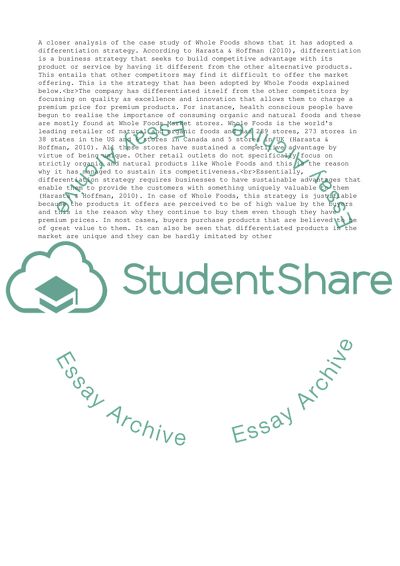Cite this document
(“Competitive Advantage Case Study Example | Topics and Well Written Essays - 1250 words”, n.d.)
Retrieved de https://studentshare.org/management/1638050-competitive-advantage-case-study
Retrieved de https://studentshare.org/management/1638050-competitive-advantage-case-study
(Competitive Advantage Case Study Example | Topics and Well Written Essays - 1250 Words)
https://studentshare.org/management/1638050-competitive-advantage-case-study.
https://studentshare.org/management/1638050-competitive-advantage-case-study.
“Competitive Advantage Case Study Example | Topics and Well Written Essays - 1250 Words”, n.d. https://studentshare.org/management/1638050-competitive-advantage-case-study.


